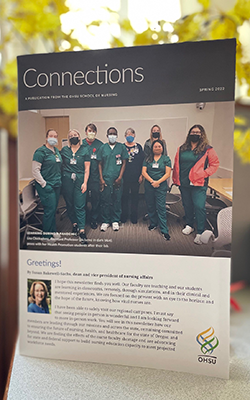OHSU School of Nursing News
OHSU leads national effort to define, evaluate standards for respectful maternity care
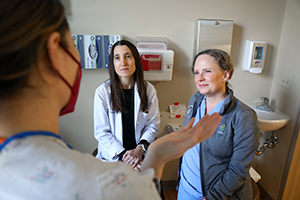
Amid the U.S. crisis in maternal morbidity and death, OHSU faculty researchers establish a starting point for standard of care and accountability. Read more about the national study.
New scholarships aim to grow, diversify Oregon nurse practitioner workforce
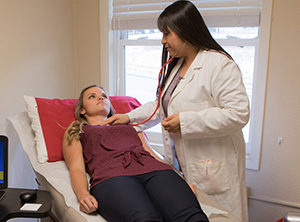
Nurse practitioners increasingly serve as primary care providers in underserved communities; scholarships will cover at least 20% of annual tuition. Read about the new scholarships.
OHSU nursing student’s lived experience inspires values and goals

OHSU School of Nursing student Kiara Morelli never shies away from a challenge. Her educational journey is guided by the path she’s forged thus far. Read about Kiara's journey.
OHSU street nursing team
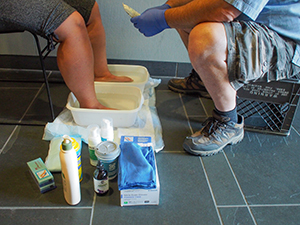
Ashland nursing students have the opportunity to join a vital community resource: the street nursing team. Learn more about their work from our OHSU News post.
New end-of-life doula services focus on rural, houseless populations
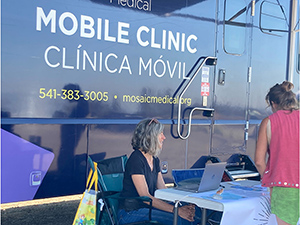
As a hospice nurse, OHSU School of Nursing alum Erin Collins, M.N.E., RN, observed that many of her patients were afraid of dying, in denial of their imminent death, and consequently unprepared for it.
Collins is a certified hospice and palliative care nurse with 16 years of experience in oncology and end-of-life care. She recently completed a Master of Science in Nursing Education at the OHSU School of Nursing, Portland campus. Through her new organization, The Peace Presence Project, she aims to make end-of-life a social event, not a medical one.
OHSU School of Nursing alums committed to providing nurse-midwifery care in rural communities
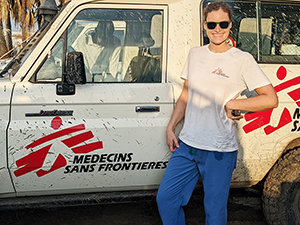
OHSU School of Nursing classmates Lori Swain, B.S. ’14, M.N. ’16, D.N.P. ’17, CNM, and Sarah Paeth, B.S. ’14, M.N. ’16, CNM are passionate about providing rural health care. The alums also noted that prenatal and postnatal care is an opportunity to affect the well-being of entire families.
Swain and Paeth have high praise for OHSU’s nurse-midwifery program, which consistently ranks among the top programs in the country. Read more about their stories.
Latest articles from the OHSU School of Nursing community
- The three Ps: Perseverance, patience, and partnerships December 1, 2020
- Susan Bakewell-Sachs (right), dean and vice president of the OHSU School of Nursing speaks with Dana Bjarnason (left), vice president and chief nursing officer, about the future of nursing. Listen to the OHSU Week Podcast: Installment I and Installment II.
